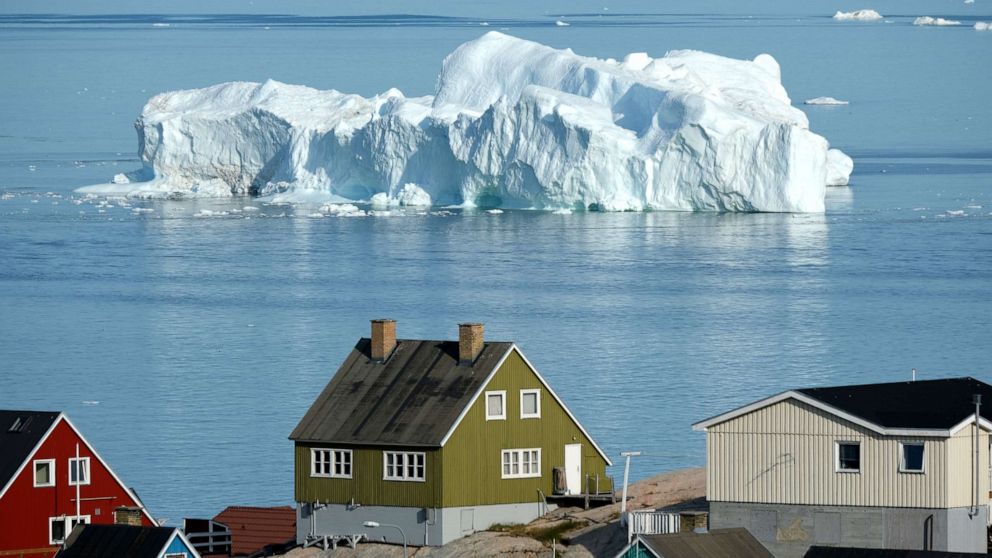Greenland's ice melting seven times faster now than in the 1990s
Greenland's ice melt is speeding up so quickly, scientists say tens of millions more people are likely to be affected by coastal flooding by 2100.
It's melting seven times faster than it was in the 1990s, tracking near the upper end of scientists' predictions, new research published in Nature this week found.
"As a rule of thumb, for every centimetre rise in global sea level another 6 million people are exposed to coastal flooding around the planet," said lead author Andrew Shepherd at the University of Leeds.
A 2013 Intergovernmental Panel on Climate Change (IPCC) report estimated sea level rises of around 60cm by 2100, directly affecting 360 million people. This is now looking like an underestimate, scientists say."
"On current trends, Greenland ice melting will cause 100 million people to be flooded each year by the end of the century, so 400 million in total due to all sea-level rise."
Greenland, the world's second-biggest ice sheet in the world, has lost 3.8 trillion tonnes since 1992 - pushing sea levels up just over a centimetre. But its decline is accelerating - from 33 billion tonnes a year in the 1990s to 254 billion tonnes on average this past decade.
About half the melting is down to rises in the air temperature, the study found, and half from rising ocean temperatures, causing glaciers to flow into the sea.
2011 saw the biggest melt - 335 billion tonnes - but 2019 could beat that.
"This last summer was very warm here and resulted in higher loss," said Guðfinna Aðalgeirsdóttir, University of Iceland glaciology expert and and lead author of the IPCC's sixth assessment report.
"I would expect a similar increase in Greenland mass loss for 2019. It is very important to keep monitoring the big ice sheets to know how much they raise sea level every year."
NASA monitoring of the ice sheet showed the 2019 annual summer melting began earlier than usual. Its data, which measures the total area of the ice sheet undergoing melting - not the amount - suggests 2019 was the seventh-worst on record.
The Greenland ice sheet covers about 1.7 million square kilometres. If it completely melted - which some scientists believe is possible should the Earth warm just 2C to 3C - sea levels would rise seven metres.
In comparison, if Antarctica melted, sea levels would rise 58m.
Climate activist Greta Thunberg was on Thursday (NZ time) named Time magazine's Person of the Year after inspiring millions worldwide to protest governments' lack of action on climate change.



Comments
Post a Comment